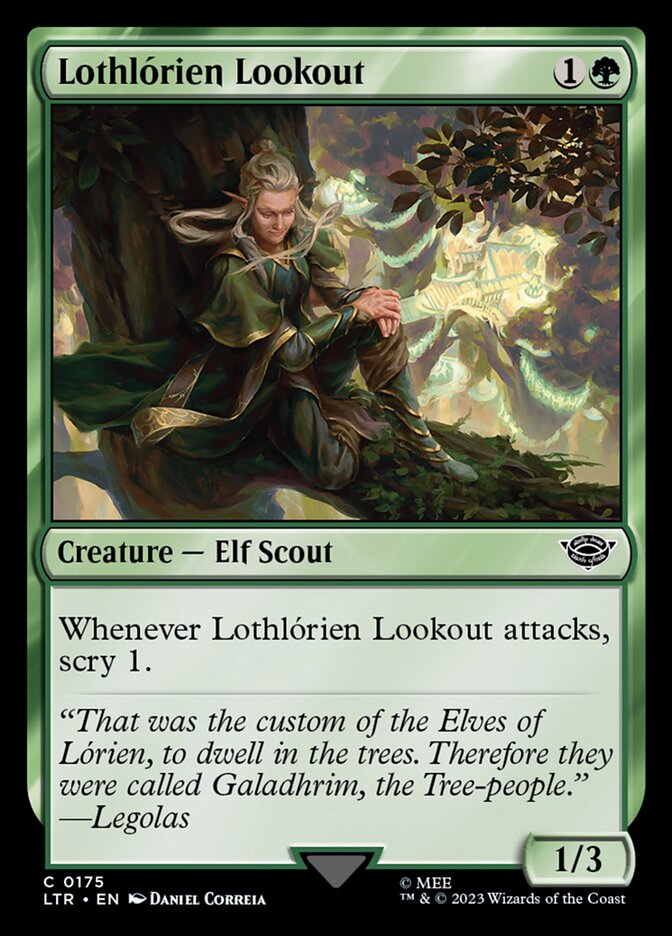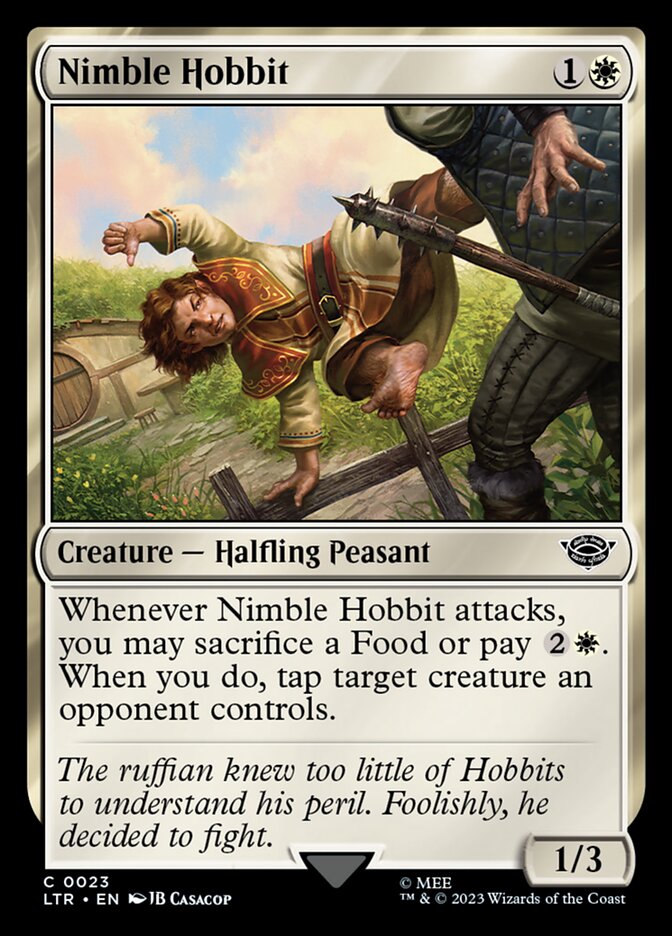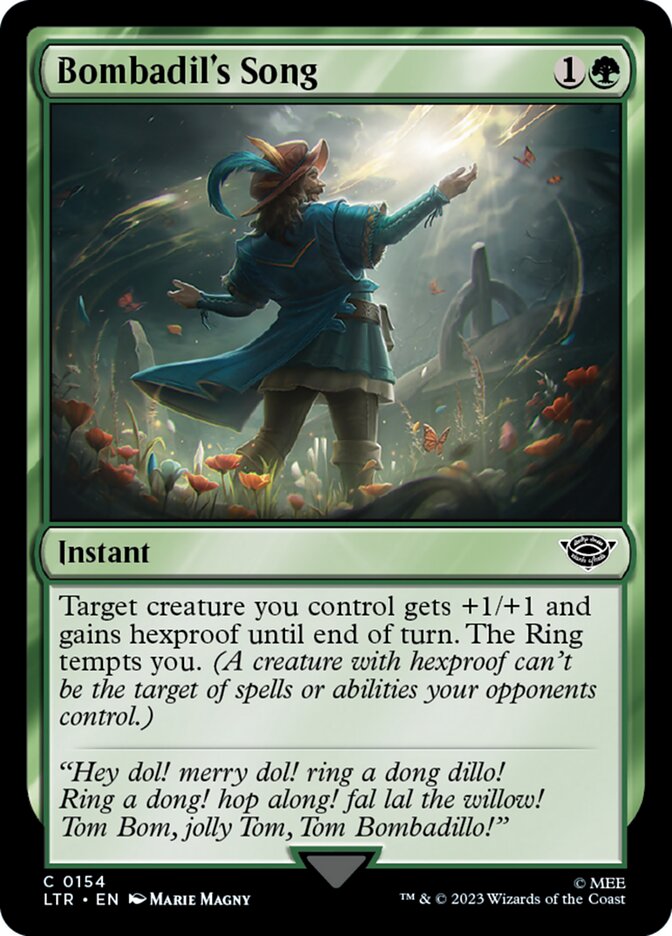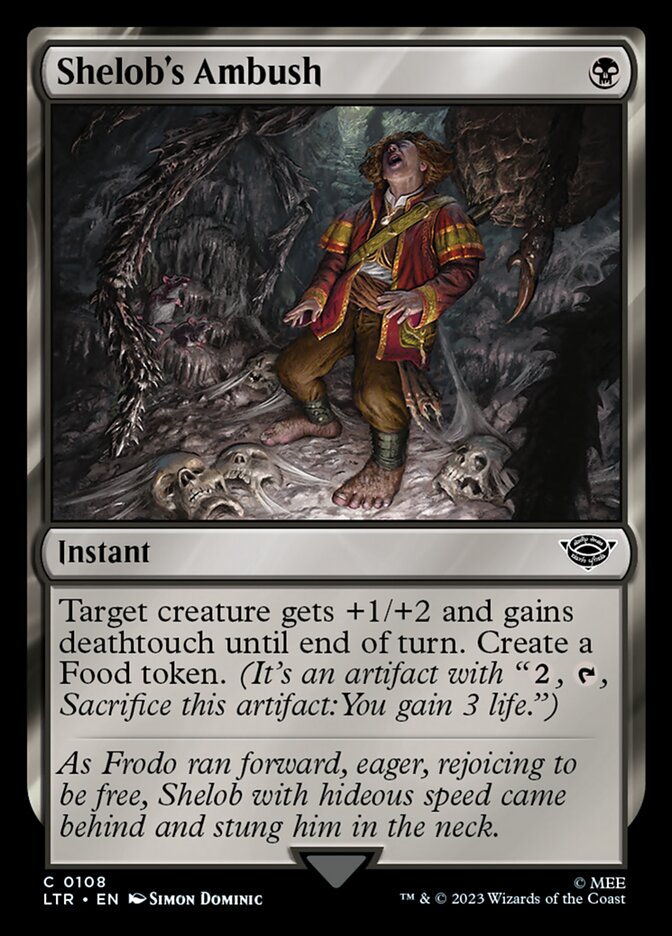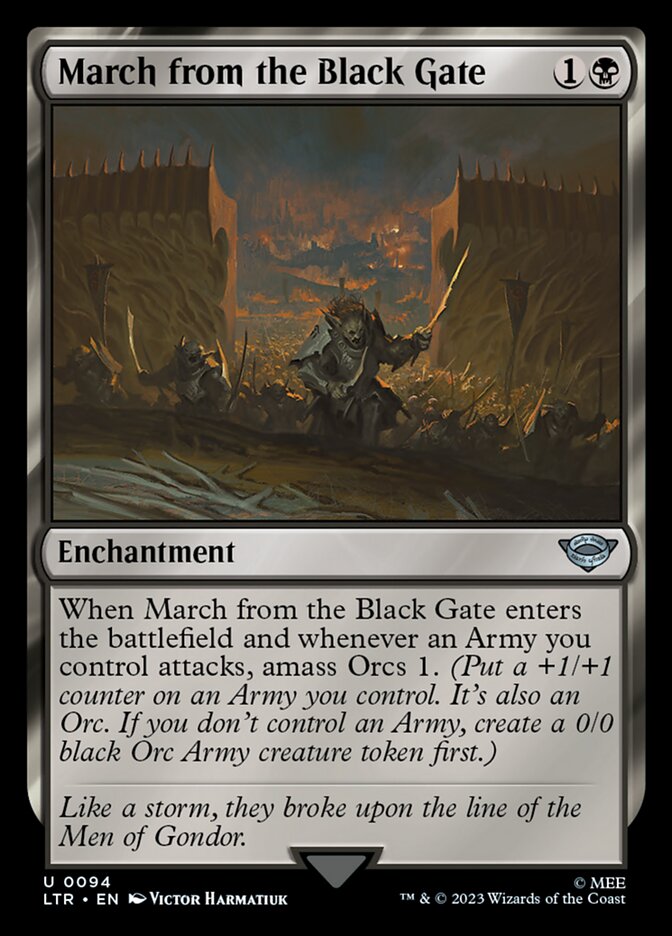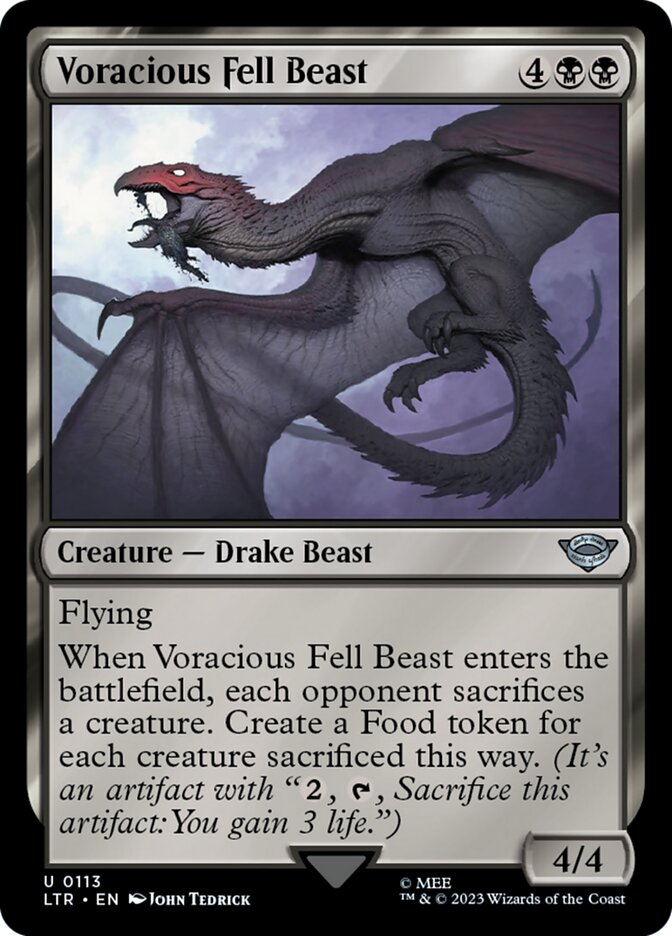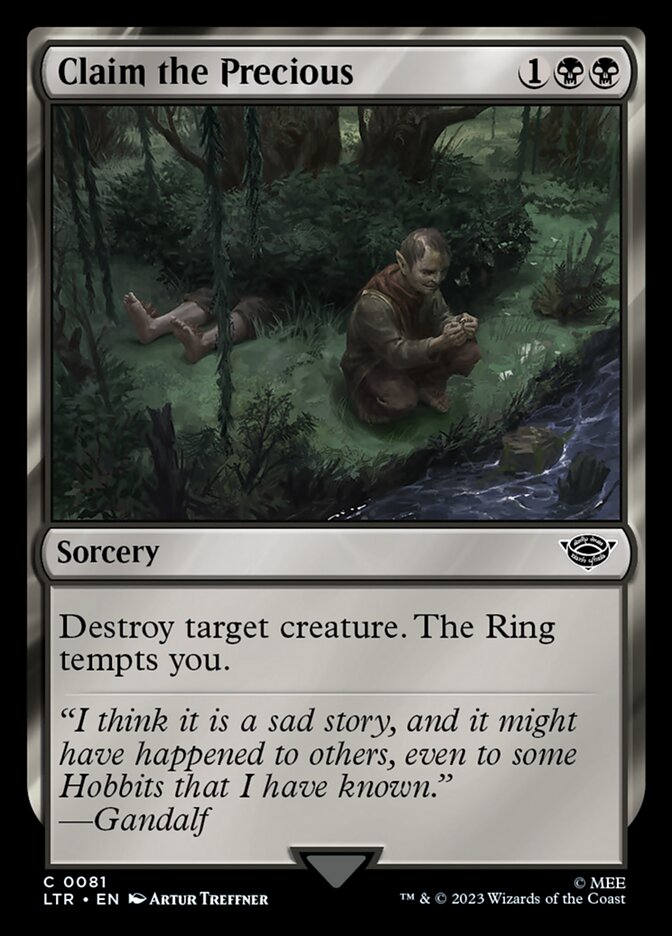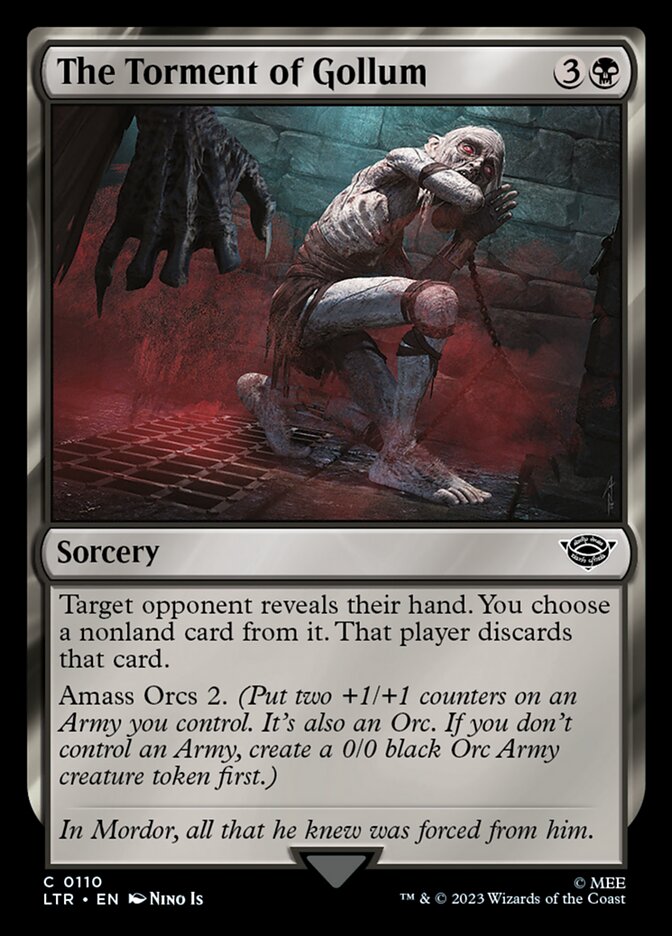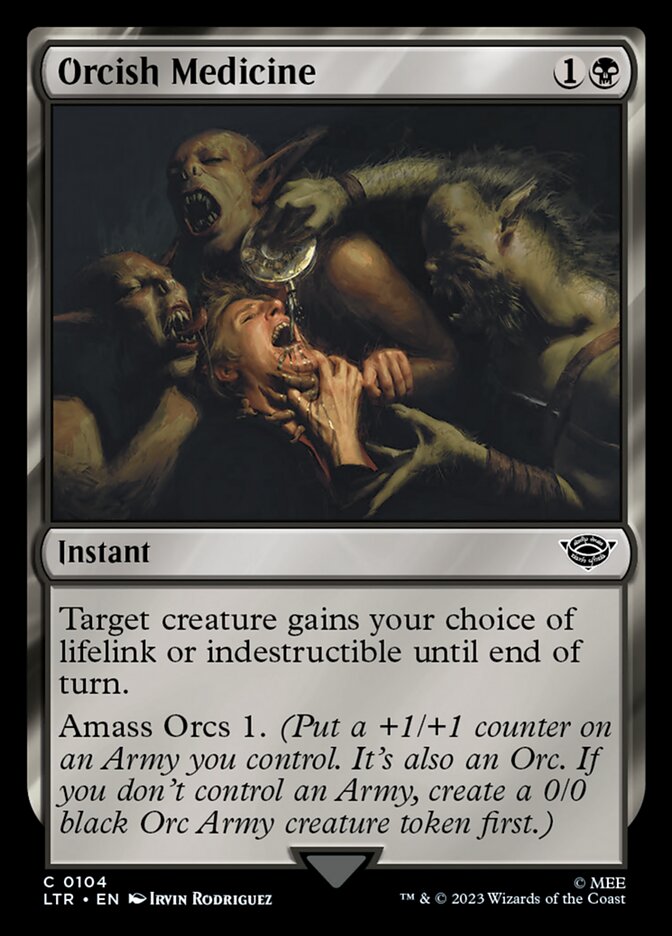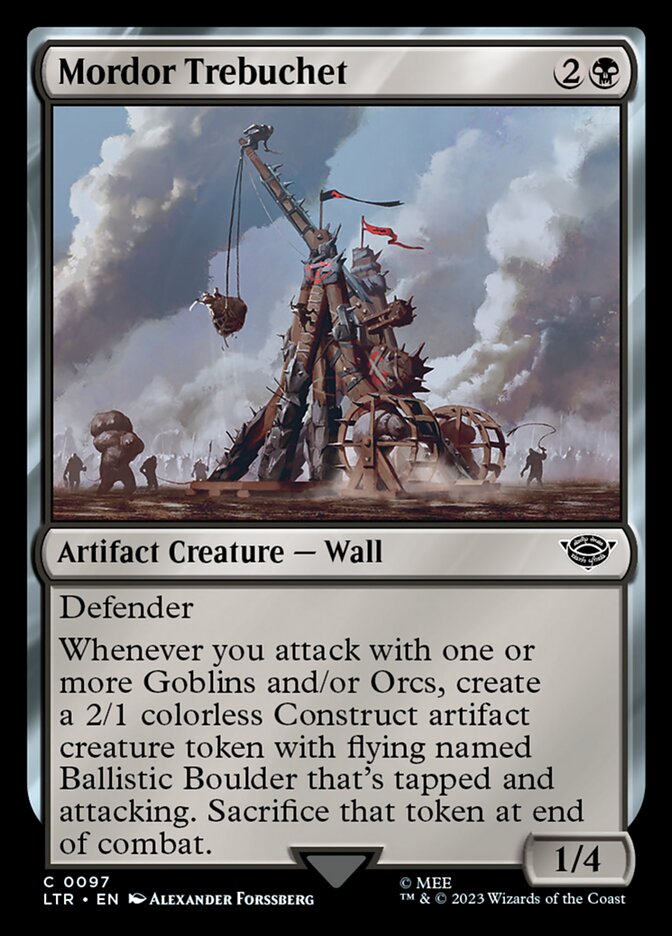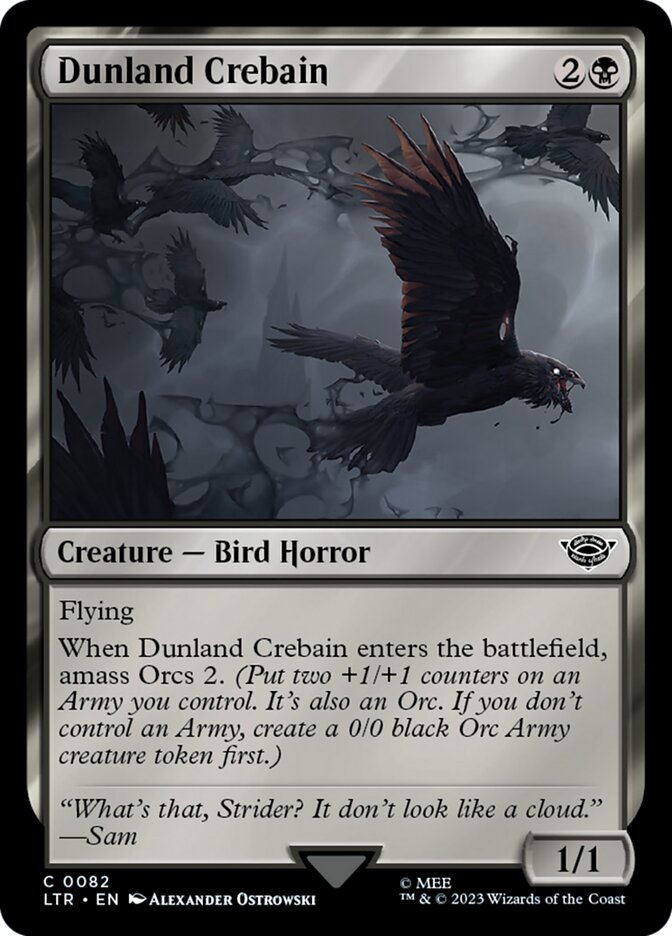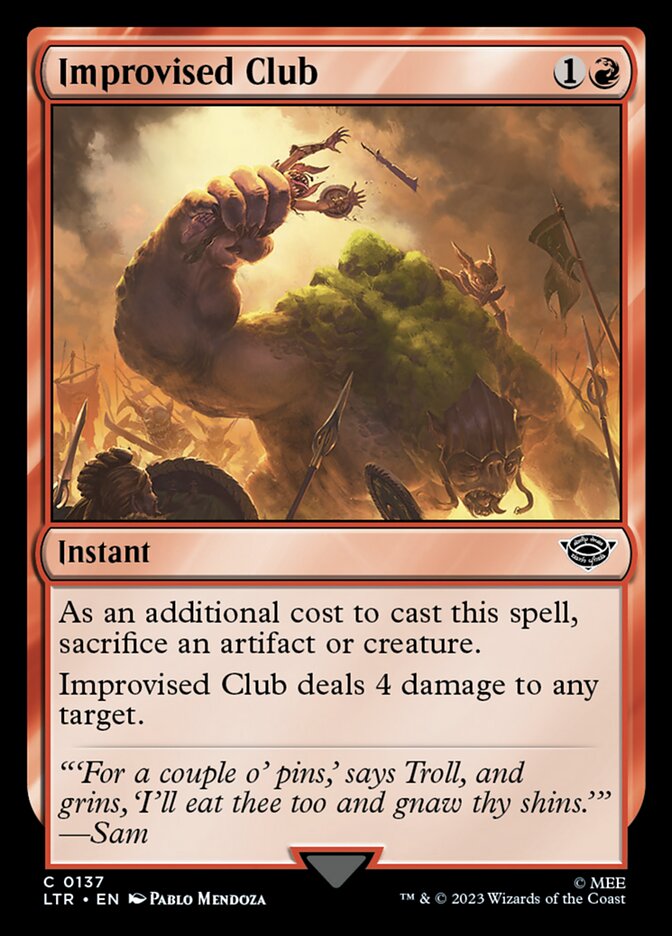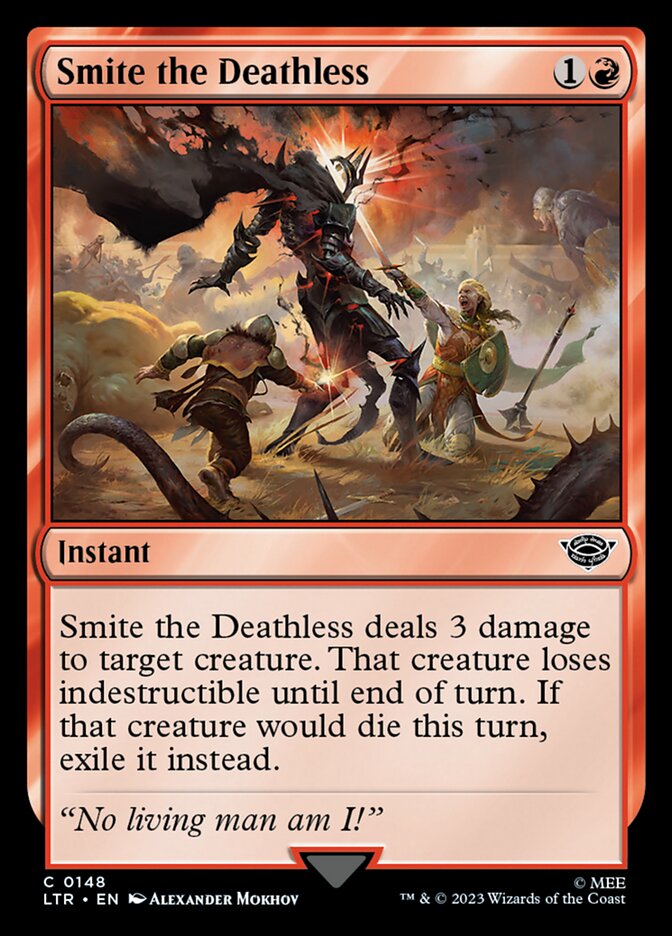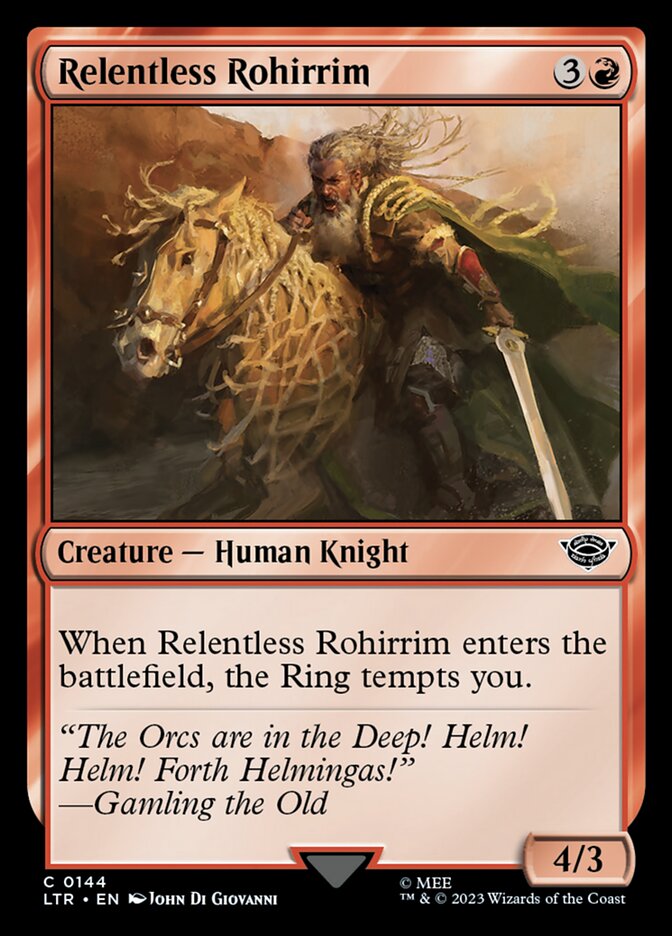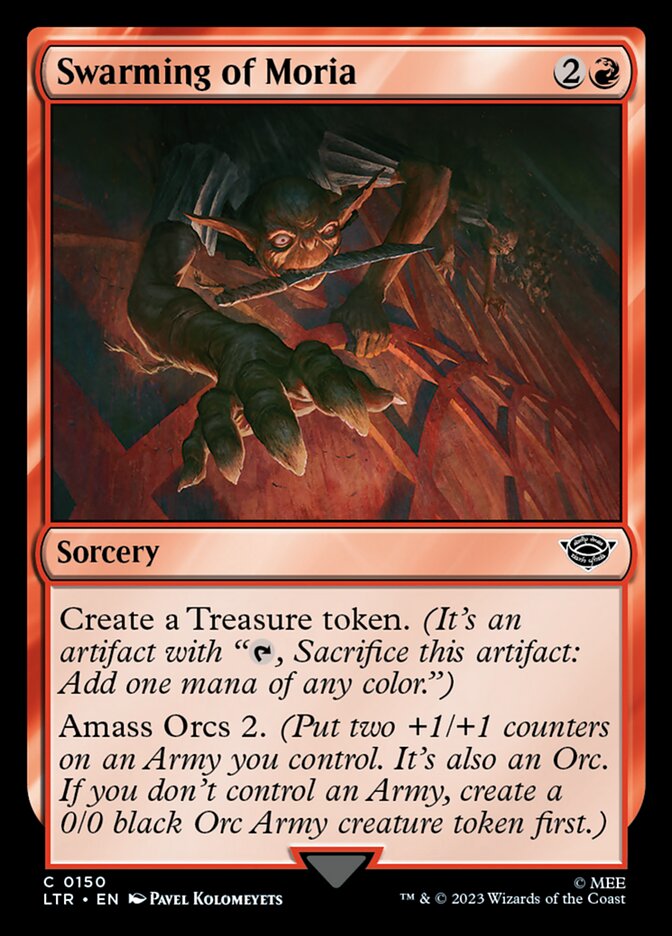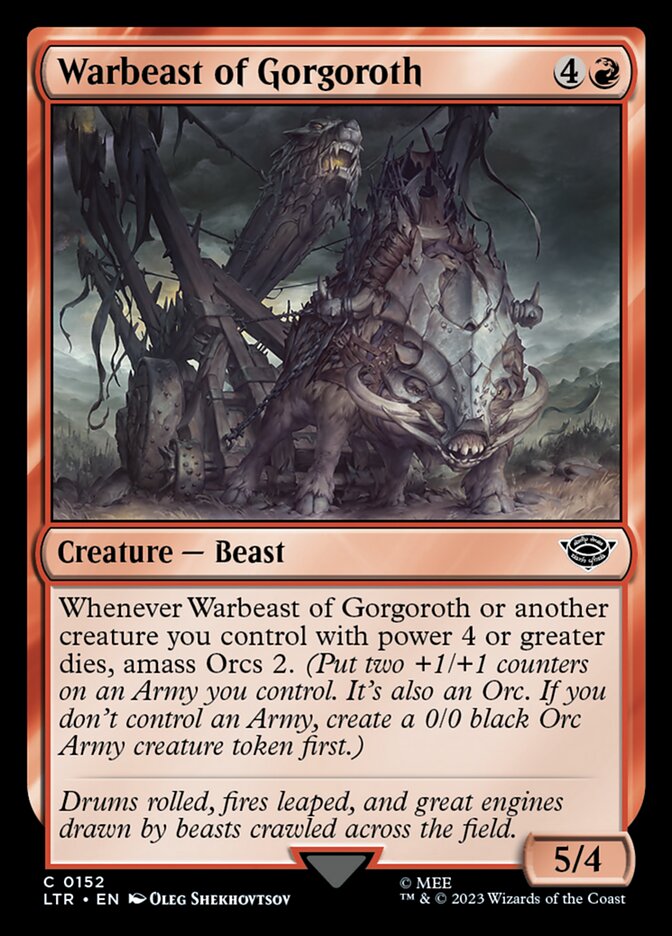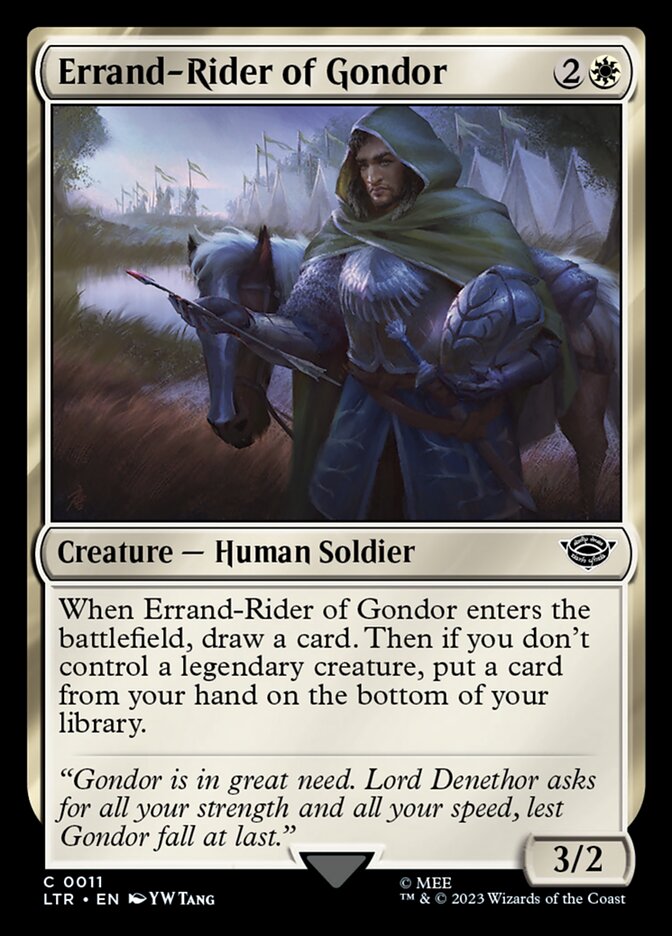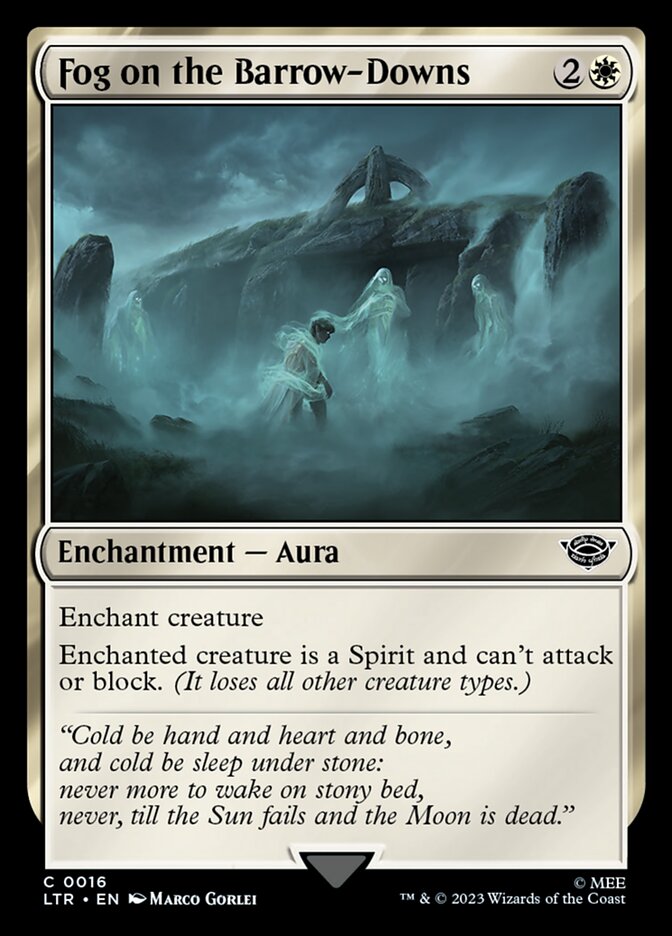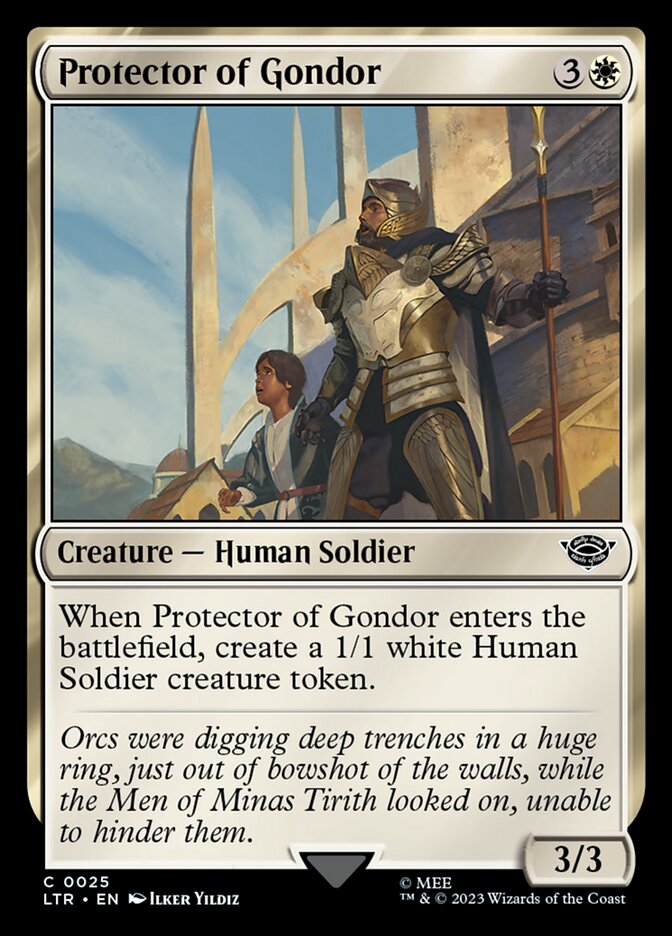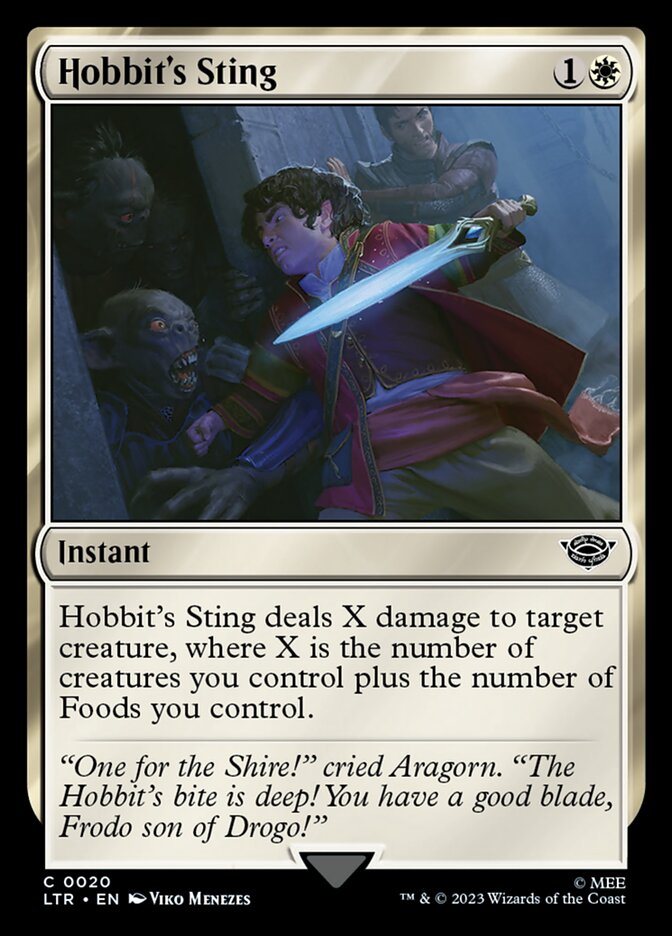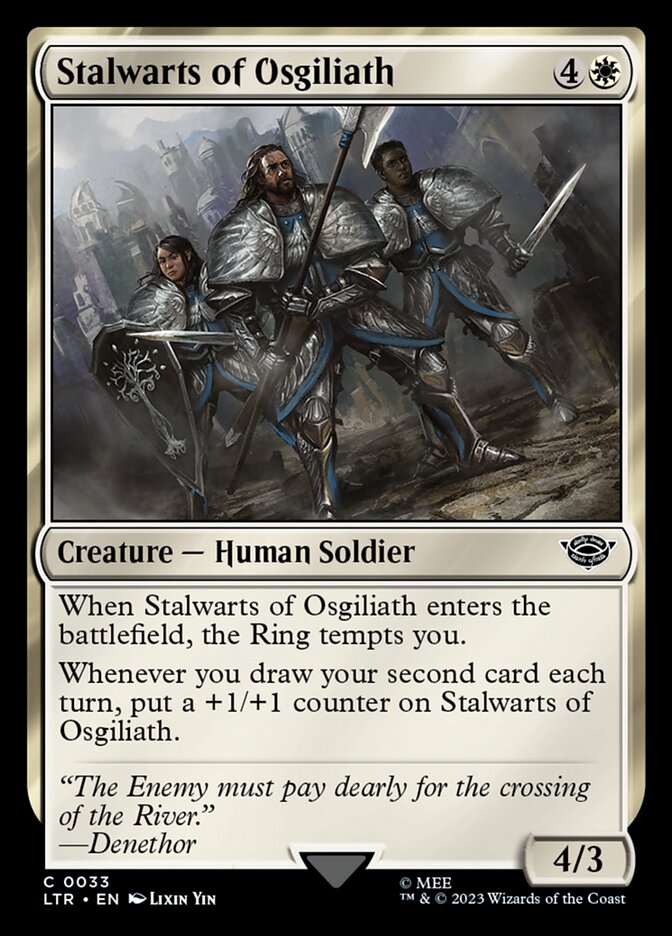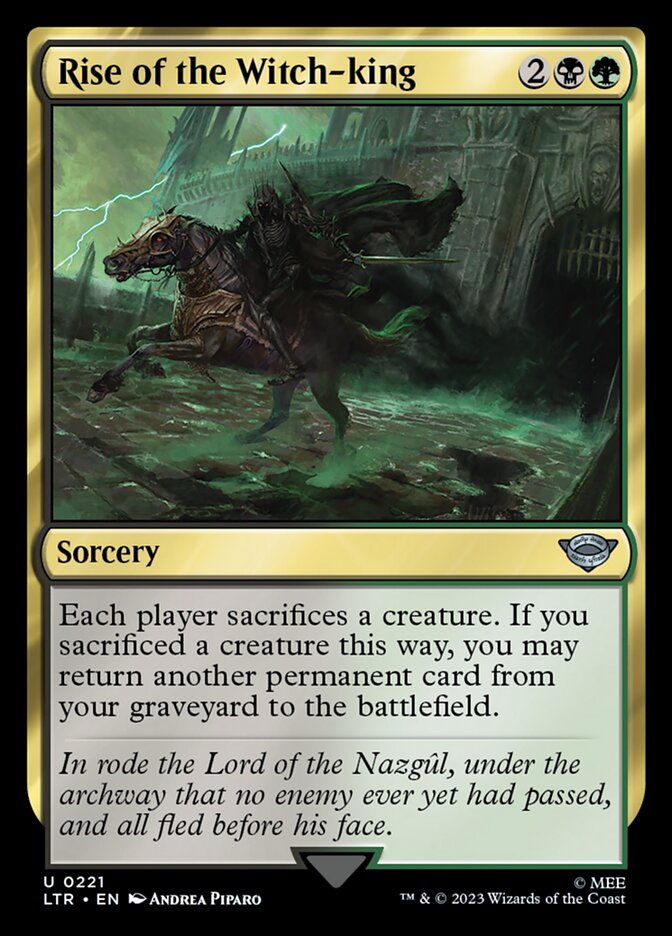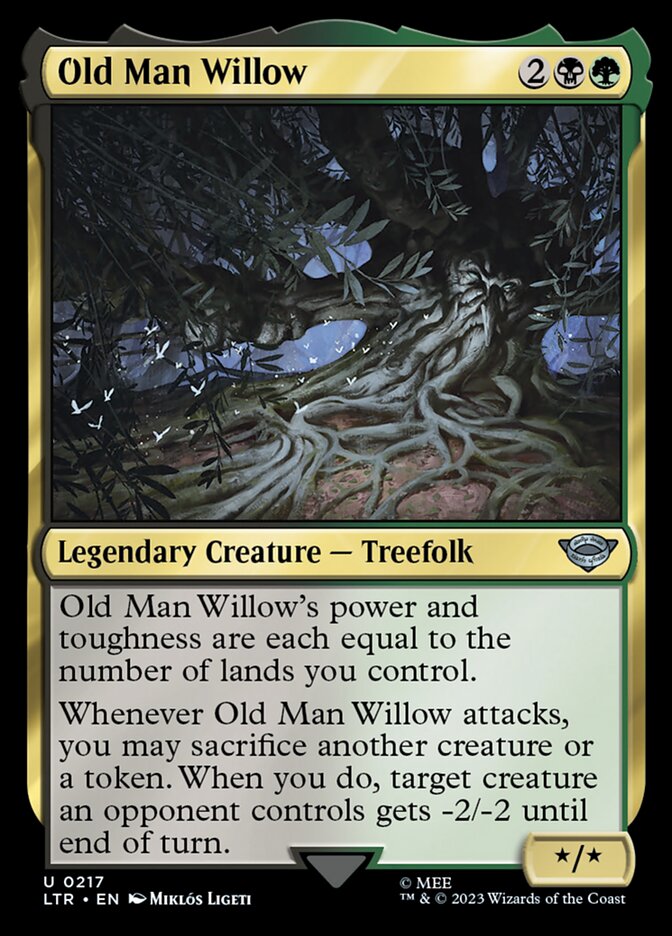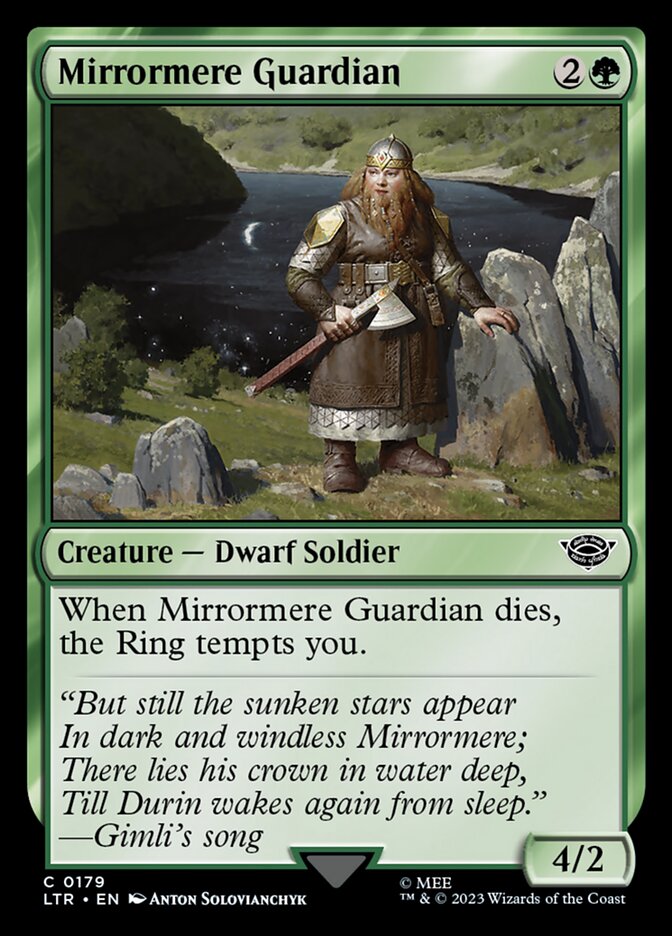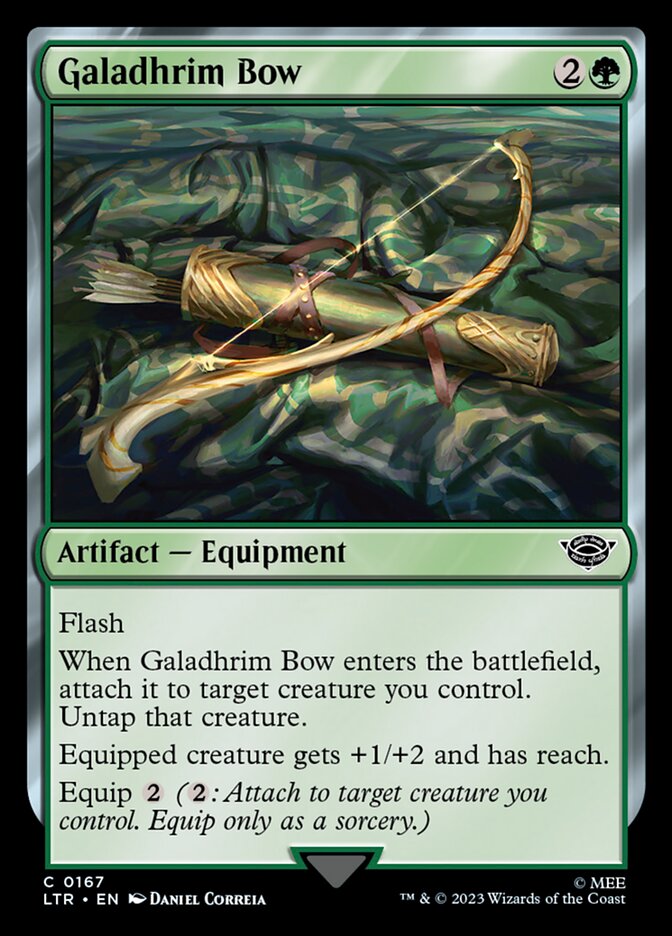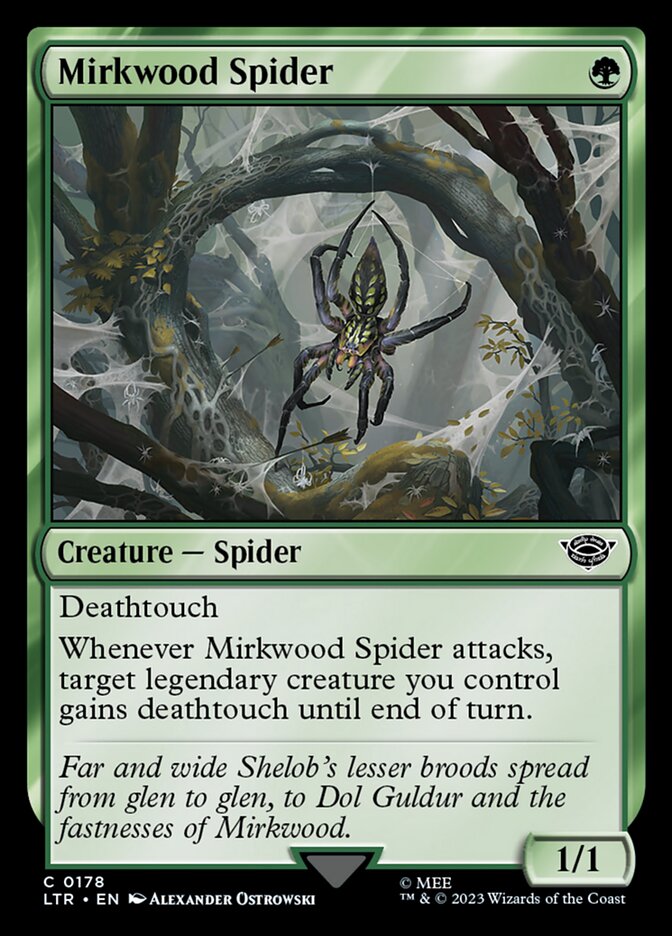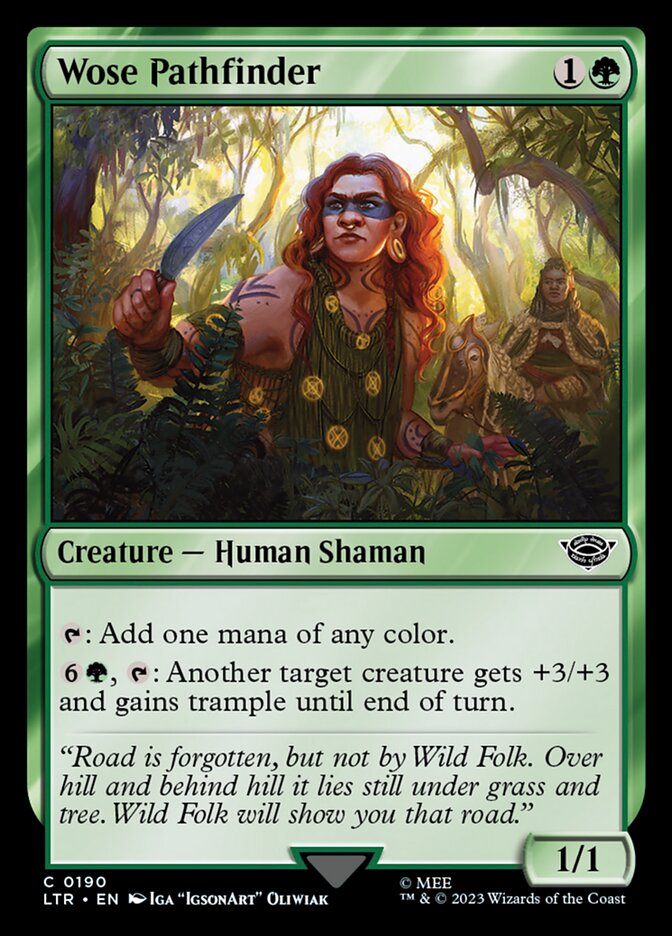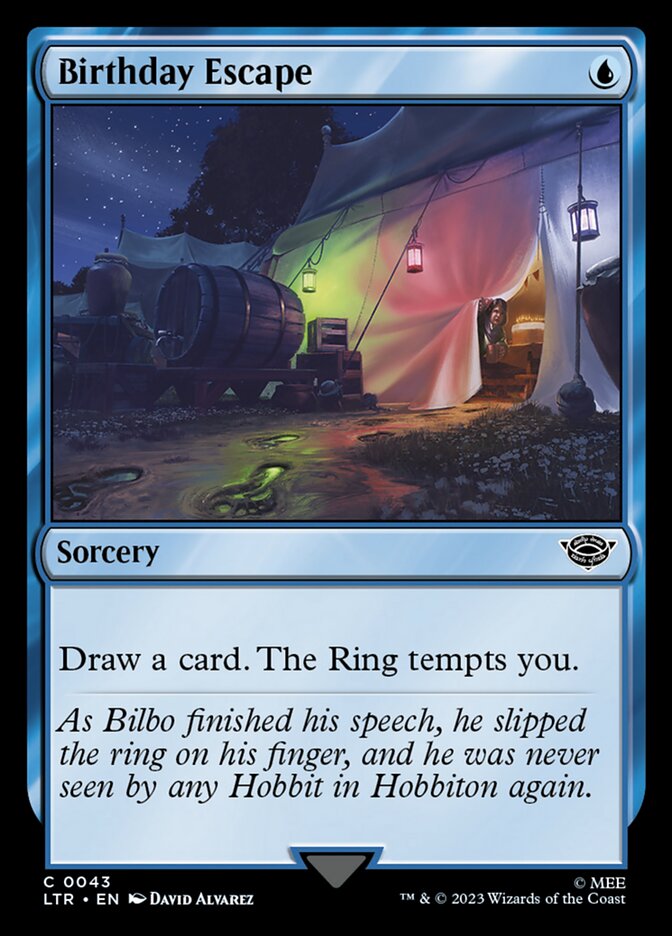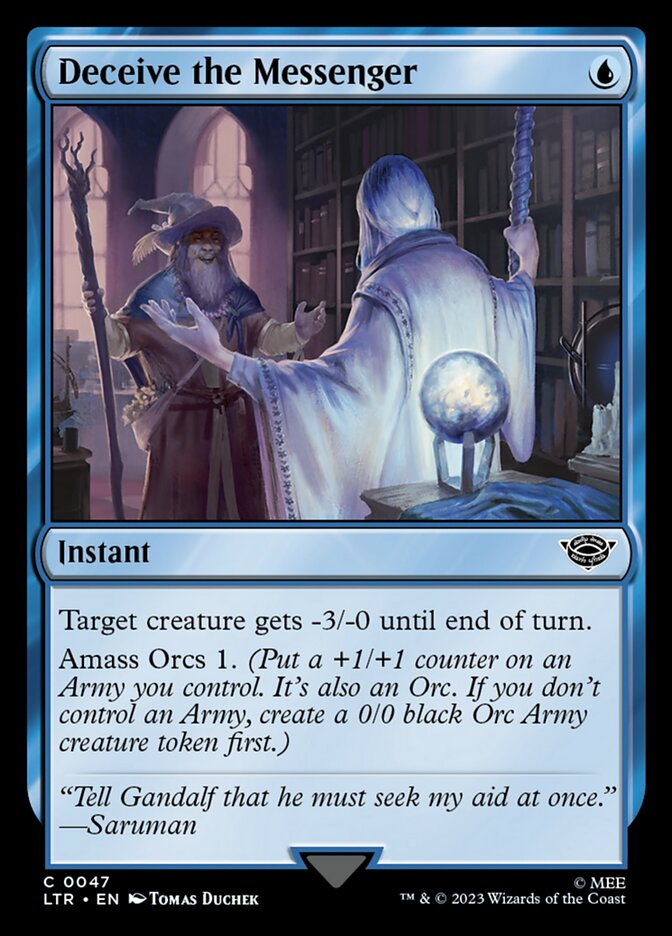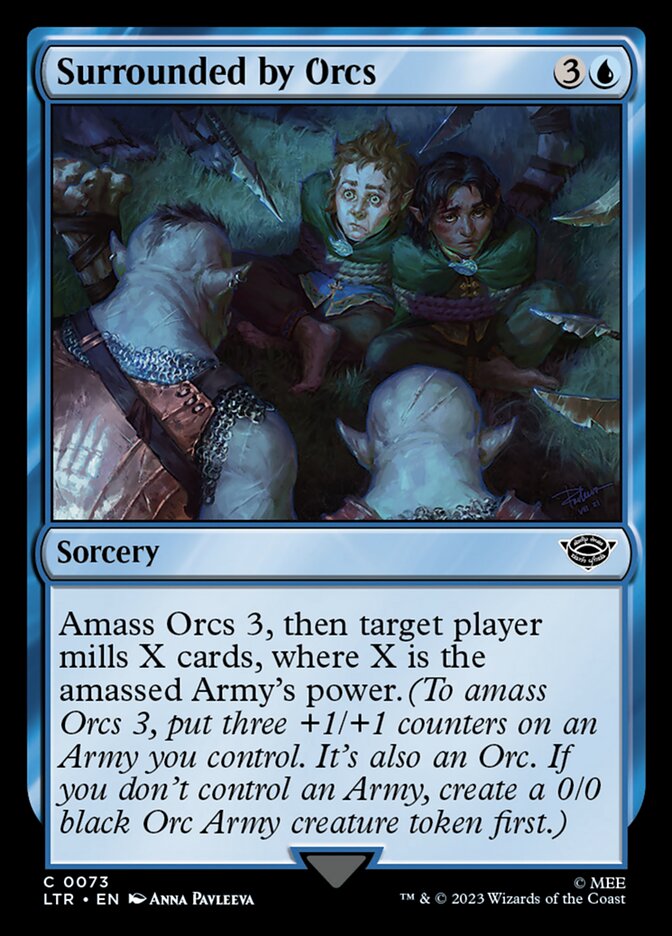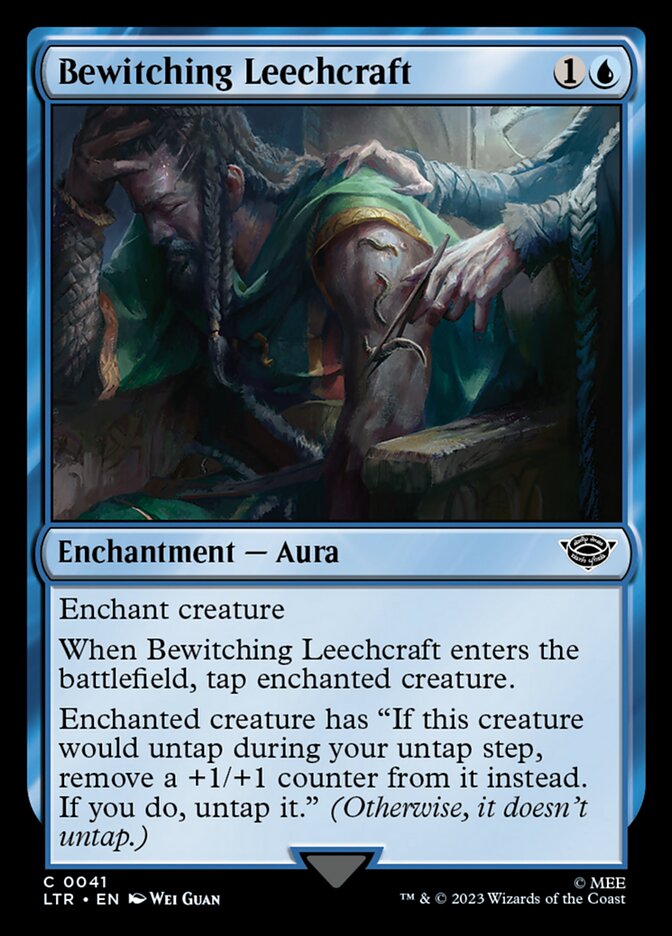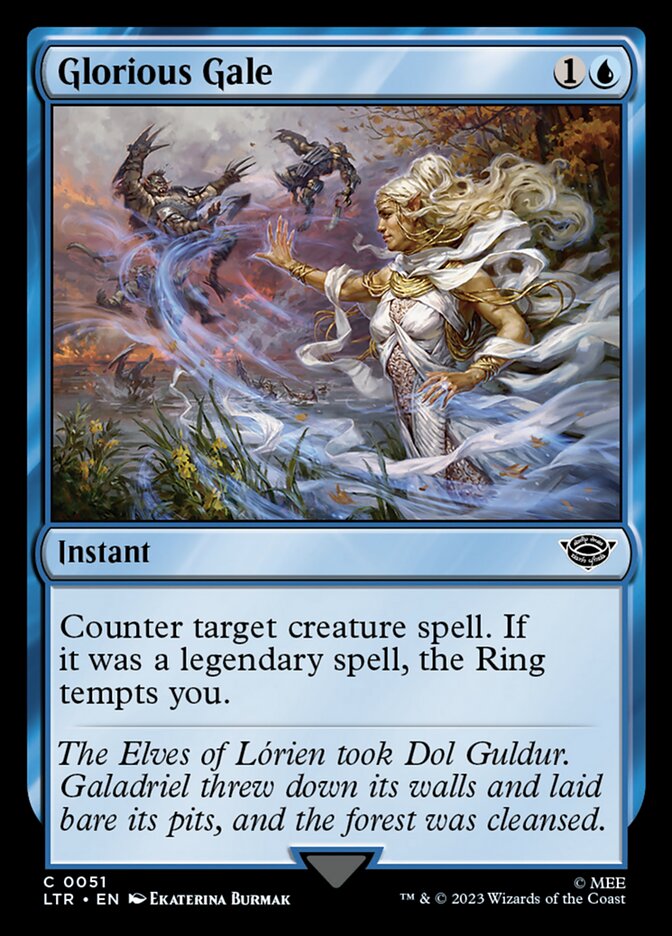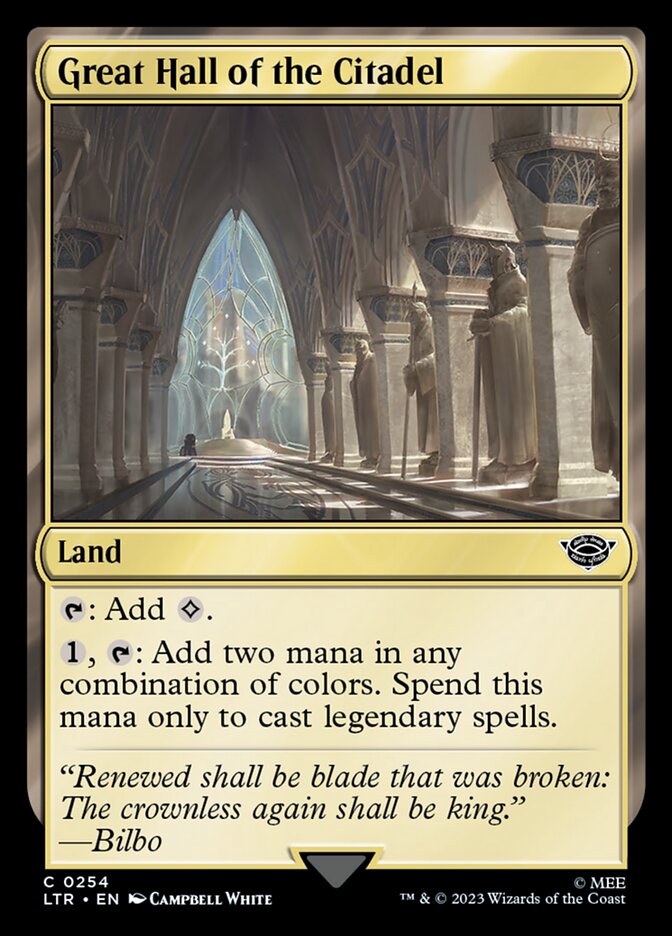Tales of Middle-earth Limited
What is new in this set?
The Lord of the Rings has stirred up a lot in the Magic universe, but beyond its impact on constructed formats , it brings one of the most enjoyable and intriguing limited formats in recent memory. Today, I'll delve into this format, highlighting some key points about the new abilities, the top archetypes, and a ranking of the best colors to draft.
The Ring Temp you mechanic is quite impressive without being overpowered.

The new edition introduces a fresh ability that doesn't exactly have a name, but it triggers every time the ring "tempts you". When this happens, you select a creature to bear the ring, subsequently transforming it into a legendary entity. Every time the ring tempts you, this creature, or another creature you select, begins to adopt the ring's abilities. This is a highly intriguing ability because you have the option to select different creatures and alter the ring's bearer, shifting the state of the game as desired. All of the ring's abilities are solid, but fair, contrasting with others like monarch and initiative.
This new mechanic injects a novel dynamic into the game, without being overpowered, which ultimately makes the games quite engaging and dynamic.
The creatures
Creatures initially perceived as weak can potentially have a higher power level.
When a creature acquires the first ability of the ring, it becomes unblockable by creatures with greater power. This also allows cards that might be considered weak, like Lothlorien Lookout and Nimble Hobbit, to become worthy ring bearers, as it's guaranteed they won't be obstructed by larger creatures.
Once they gain the second ability, even if they are chump blocked by creatures of equal power, they can still fulfill their role, looting lands or spells that aren't useful at the moment. This isn't a fast-paced format, so having a good ring bearer in locked-down board states could give you a quality card advantage at key points in the game.
You can definitely play with fewer than 17 lands.
Based on the setup of your deck, and largely due to creatures with landcycling abilities, you can play with fewer lands than usual. 16 is a pretty acceptable number, depending on the quantity of these creatures and cards that dig into the deck. All colors have access to this type of card, so it ends up being quite common for you to be able to use lands. Moreover, this isn't a fast-paced format, so you often have ample time to locate the lands and play your best spells.
Certain archetypes are significantly superior to others.
I'll delve deeper into the top archetypes later, but it's noteworthy that some, such as UG Scry, don't pack the same punch as, say, a BR Amass. They may have decent synergy, but their overall power level is on the lower side. Sneak peek spoiler alert: black is decidedly the strongest color in this format
Sneak peek spoiler alert: black is decidedly the strongest color in this format
Combat strategies win games.
Overall, I'm not a huge fan of combat tricks. I find them generally riskier as they open you up to a counter from your opponent that could result in losing your creature and depleting your hand further. However, in a format with the ring mechanic, they become much more intriguing. A prime example is Bombadil's Song, one of my favorite tricks.
It essentially provides three highly relevant combat abilities: the pump, hexproof, and in a multi-creature attack, designating it as the ring-bearer can function as a third-tier removal, forcing the opponent to sacrifice the creature if they've blocked. Alternatively, it can steal 3 damage points to end the game with the last ability.
Some tricks are more than they appear, like Shelob's Ambush which acts as a removal while also providing a food token that can turn the tables in a race.
I rarely construct my decks without at least one trick, knowing that at certain points, they can flip the game.
Top 5 Colors
Black
As mentioned earlier, black is the dominant color in this format. It boasts resilient creatures, with a strong theme in token/amass orcs, and excellent removals as well. The mythic and unusual rares of this edition, namely March from the Black Gate and Voracious Fell Beast, also fall under this color.
Special attention should be given to the following commons:
Best color combinations in order:
1. Black-Red
2. Black-White
3. Black-Green
4. Blue-Black
Red
Red is quite close to White, but it has a slight edge due to its superior synergy with Black, providing an excellent thematic approach when leaning towards crushing orcs. It enables the creation of gigantic creatures and also offers considerable removal options. One of these, Fear, Fire, Foes, boasts the power level of a rare card, often serving as a Plague Wind.
Special attention should be given to the following commons:
Best color combinations in order:
1. Black-Red
2. Red-White
3. Blue-Red
4. Red-Green
White
White also presents an interesting combo with black, leaning more towards a theme of tokens/fliers, with some not-so-interesting removals, but which also pairs well with the color green, adhering to a GW Food theme. I'd like to highlight the following commons.
Best color combinations in order:
1. Black-White
2. Green-White
3. Red-White
4. Blue-White
Green
The pairing of green and black is also highly potent, largely due to the presence of some powerful uncommons, notably Rise of the Witch-King and Old Man Willow, coupled with intriguing removals and tricks.
The following commons deserve special mention:
Best color combinations in order:
1. Black-Green
2. Blue-Green
3. Green-White
4. Red-Green
Blue
Blue doesn't have a lot of strong combinations, although its best pairing is with black. However, it does form an intriguing theme with green, shaping the UG Scry. In my opinion, the shortage of removals and quality creatures in this color makes it the weakest of the five. However, depending on the common cards, a well-constructed UR Spells deck can be surprisingly effective. I'd like to highlight the following common cards:
Best color combinations in order:
1. Blue-Green
2. Blue-Red
3. Blue-Black
4. Blue-White
5/4/3 color legends
Another intriguing strategy for the draft, depending on how many Great Hall of the Citadel cards you manage to acquire, is to build a multi-color legends deck.
This deck can create some fascinating interactions between the legendary cards.
Final words
The ability to try the ring is an innovative feature for this type of format and that alone would be enough to bring a fresh experience to the players and make it more engaging. But as this is such a skill-intensive format, with numerous decisions and strategies to consider while playing with and around, it makes LoTR one of the most enjoyable limited formats of recent times. Until next time!


